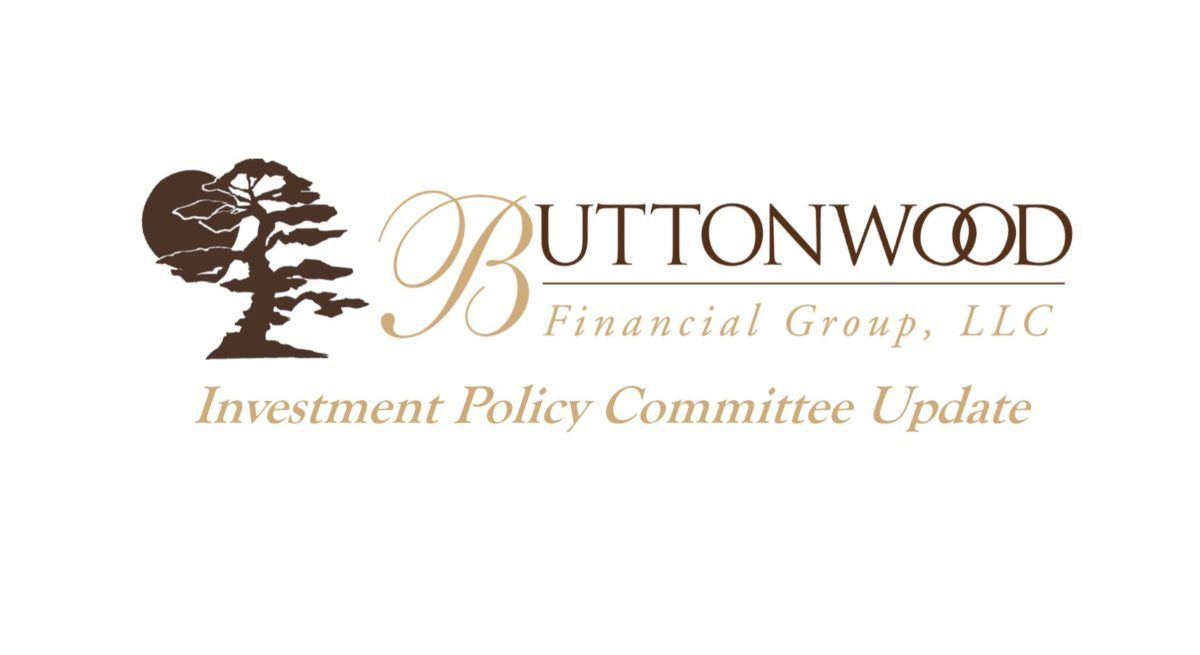Navigating The New 529 Rules: The Land of Wealth Transfer, Piggy Backs and Donor Advised Funds
Navigating The New 529 Rules – The Land of Wealth Transfer, Piggy Backs and Donor Advised Funds
This article provided by Forbes.com
Written by: Megan Goreman
The Tax Cuts and Jobs Act of 2017 had some interesting news for parents: for the first time, 529 plans are now eligible to be used for K-12 private school tuition. And that simple change will have a significant impact on how a large number of Americans will now approach their strategy for education funding.
Upon first glance, this added feature appears to benefit many families. 529 funds could be withdrawn tax free and penalty free to cover up to $10,000 of private K-12 tuition. And private school students are a significant segment of American students. The National Center for Education Statistics projects that for the 2017-2018 school year, approximately 5.2 million students are expected to attend private primary and secondary schools – basically 10% of all students in the U.S. Further, private school has become quite pricey in the U.S. For primary school, the Private School Review estimates the average cost of tuition is $9,263 and for secondary school at $14,017 for the 2017-2018. Yet these are just the median costs. Schools in places like NYC and San Francisco can average in the $40,000 to $50,000 range.
But before you start taking from your child’s 529 plan, be aware that this type of planning needs to have the right strategic viewpoint on it. You have to understand who really benefits from this change, how state interpretation can have an impact and how you can integrate it into your other planning.
High Earners Are The Winners
Let’s be honest here: most American school children attend public school and their parents are merely hoping to cover part of their college education. In the recently released Fidelity Investments’ 10th Annual College Savings Indicator Study, parents are hoping to fund over 70% of college costs. Yet when the Study reviewed actually implementation, it found that most families are on track to cover 29% of all college costs. In fact, for children ages 14-18, the average amount parents have reported to have saved is $52,300.
With many American families struggling to cover college costs, it really sheds a light on who this new 529 plan rule really benefits – high earners. High earners are the group that can fully cover their child’s college education but also have enough to front load 13 years of primary and secondary education. In fact, for most families, if they used 529 funds for K-12 education costs, they would have even less for college. So before you start taking withdrawals, consider what your prioritize more – K-12 or college tuition. Chances are, the latter is where your 529 investment should be focused.
Be Aware of The Piggyback
Before you start cutting checks to private schools for tuition, it is key to make sure that your state is going to comply with the federal rules. That gets us into the “Piggyback” rules. What does it mean to piggyback? There are 41 states with broad taxation systems. When there is federal framework on an area of tax, these states decide whether they will conform to the federal system or decouple from it. When a state conforms, it is called piggybacking.
In the case of the new 529 plan rules, the new federal rules are still being interpreted by the states. In fact, as of late February 2018, only 14 states – Alaska, Delaware, Georgia, Kentucky, Maryland, Mississippi, Missouri, Nevada, Oklahoma, South Carolina, Tennessee, West Virginia, Wisconsin and Virginia – have indicated they will comply with the federal rules. That doesn’t mean other states won’t comply – we just don’t know.
So what happens if you do live in a state that decouples from the federal rules? If you take funds out to pay tuition, it will be tax free federal. However, you will pay a state tax as well as a penalty. So tread lightly – it might not be worth the federal benefit.
And how do you know if your state piggybacks? The best place to check is with your 529 provider. Most states are hoping to provide answers to this question in the next few months.
Parallel Plan with your DAF
Most parents who send their children to private school are well aware that the tuition is only part of the deal. The majority of private schools (and even public ones) have an “ask”. That is a proposed charitable donation in addition to tuition. And at some schools, it can be a sizeable suggested amount in relation to the tuition.
Given the changes in the tax code, many taxpayers are no longer able to itemize – unless they can bunch their deductions. If your child’s school strongly suggests a charitable donation, consider frontloading a few years’ worth of donations into your Donor Advised Fund (DAF). You get the deduction in the year you fund the DAF, and you can make the annual donations from the fund when they are due. In the meantime, the seed donation you made to the DAF can grow in line with market returns.
Conclusion
Most Americans will need to really think through their strategy of whether or not to utilize the new 529 plan rules for elementary and secondary private schools. As we start to interpret the new tax law, consider all the different aspects that could have an impact on your financial planning. Ultimately unless you are a high earner, it might be the better course of action to simply stick with your original game plan and fund as much of your child’s 529 plan for their college years.
This article written and provided by Forbes.com
Recent Buttonwood Articles
Are you ready to explore the benefits of your very own Family CFO?
Buttonwood Services
About Buttonwood Financial Group
Disclosures
Location
Business Hours
- Mon - Fri
- -
- Sat - Sun
- Appointment Only
All Rights Reserved | Buttonwood Financial Group






